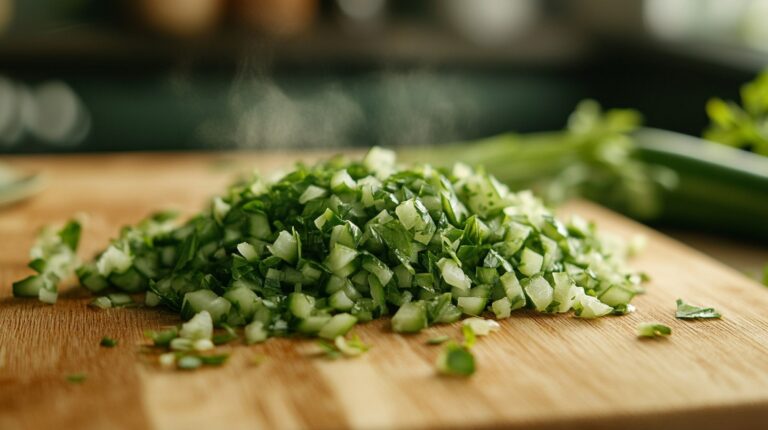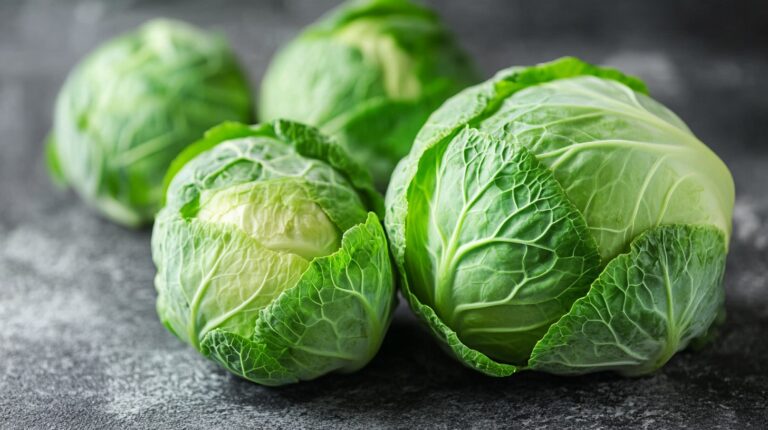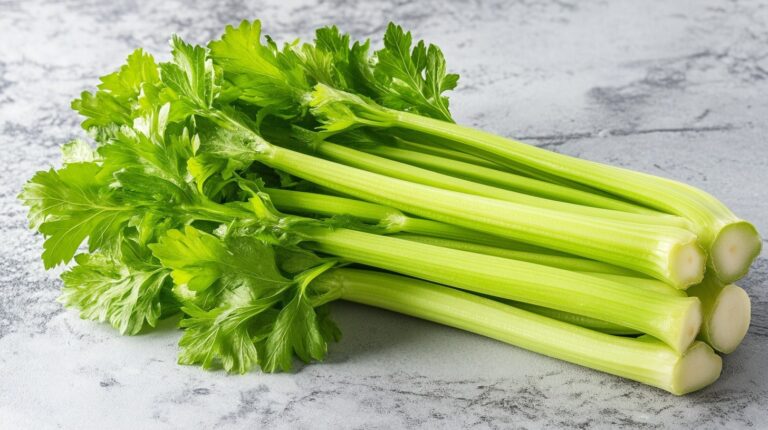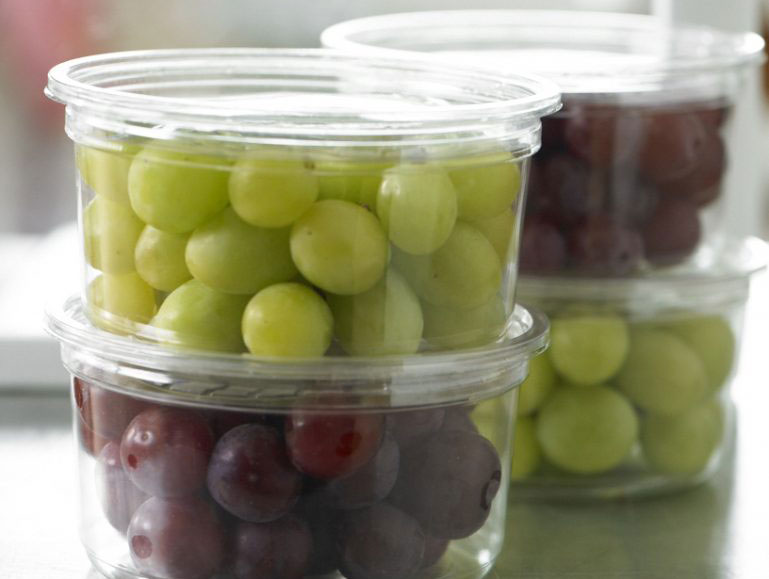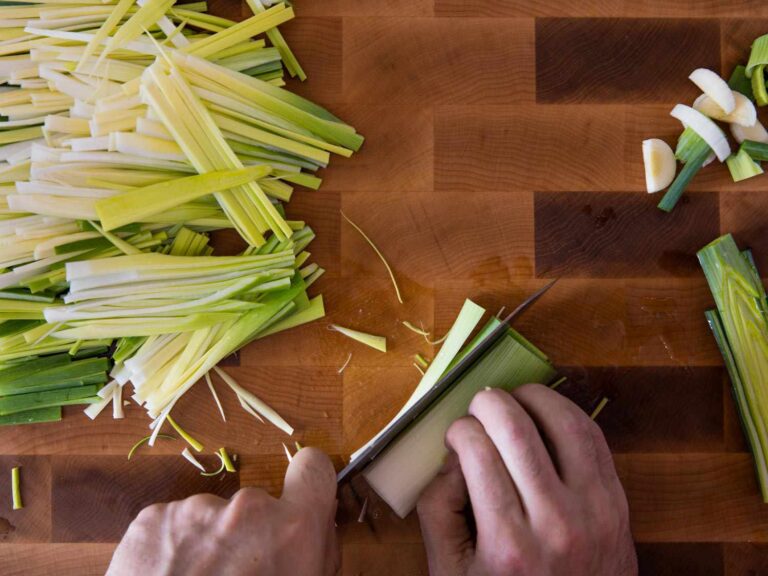Grapes are one of my go-to snacks—tasty and good for you. But, storing them can be a bit of a hassle. If you don’t do it right, they can go bad quickly, and nobody likes throwing away food or money.
In this article, I’ll share some of my favorite tips for keeping grapes fresh and delicious for as long as possible. Whether you munch on them occasionally or can’t get enough of them, these easy tips will definitely come in handy.
In the refrigerator
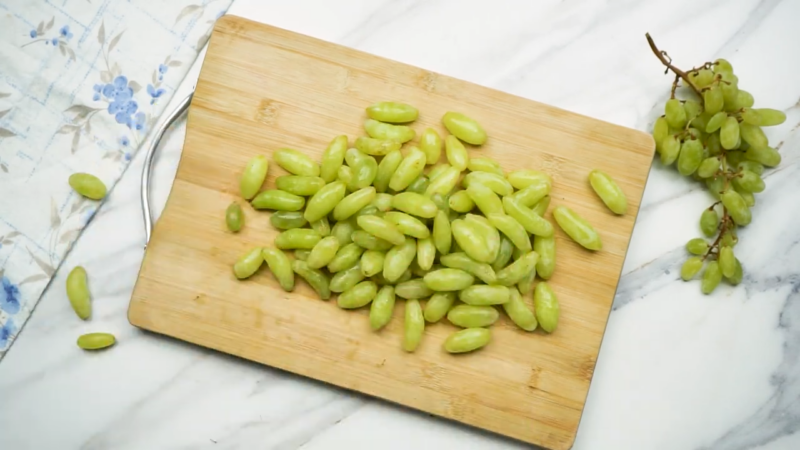
Refrigeration is the most effective way to keep grapes fresh. Follow these steps to store them in the fridge:
Keep grapes on the stem
Leave the grapes on the stem to help them stay fresh longer. Keeping them on the stem reduces the chances of the fruit getting bruised or damaged, which can lead to quicker spoilage. The stem acts as a natural barrier, protecting the delicate fruit. Moreover, the stem retains some moisture, which helps the grapes stay juicy and plump.
Use a container or bag
Place the grapes in a breathable container or a perforated plastic bag. This allows air circulation and prevents moisture buildup. Proper air circulation is crucial to prevent mold growth, which thrives in moist environments.
You can also use a paper towel inside the container or bag to absorb any excess moisture. This method ensures that the fruit remain dry and fresh for a longer period.
Store in the crisper drawer
Place the container or bag in the refrigerator’s crisper drawer, where the temperature and humidity are controlled. The crisper drawer is designed to maintain optimal humidity levels, which is perfect for storing fruits and vegetables. Grapes stored in the crisper drawer will stay fresh and crisp for up to two weeks.
Freezing grapes
Freezing is a great way to store grapes if you have a large quantity and want to preserve them for a longer period. Here’s how to freeze them:
Wash and dry
Wash the fruit thoroughly and pat them dry. It’s essential to remove any dirt or pesticide residue before freezing. Drying it completely is crucial to prevent ice crystals from forming, which can affect the texture and taste. Using a clean kitchen towel or paper towels, gently pat each grape to ensure all moisture is removed.
Remove stems
Remove the grapes from the stems. This step makes it easier to use the frozen fruit later, whether for snacking or adding to recipes. By removing the stems, you also prevent them from puncturing other grapes, which can cause them to lose juice and texture.
Carefully pluck each grape from the stem, ensuring you don’t damage the fruit.
Arrange on a baking sheet
Spread the grapes in a single layer on a baking sheet lined with parchment paper. This prevents them from sticking together as they freeze. Make sure the grapes are not touching each other to allow for even freezing. The parchment paper also makes it easy to transfer the frozen fruit to a storage bag or container.
Freeze
Place the baking sheet in the freezer for a few hours until the grapes are fully frozen. Freezing them individually ensures they don’t clump together, making it easier to use just the amount you need later. Check the fruit after a few hours to ensure they are fully frozen before transferring them to a storage container.
You can do the same for various types of food.
Transfer to a bag
Once frozen, transfer the grapes to a resealable plastic bag or airtight container and return them to the freezer. This method saves space and keeps the fruit fresh for several months.
Label the bag or container with the date to keep track of how long they have been stored. Frozen grapes can be enjoyed as a refreshing snack or used in smoothies and desserts.
Storing grapes at room temperature
@shazoshop4u Food Storage Hack to keep your Grapes Fresh for Weeks #KitchenHacks #lifehacks #FoodHacks #fyp #asmr #HowTo #beforeandafter #FoodTok
While refrigeration is ideal, you can store the fruit at room temperature for a short period if you plan to eat them within a day or two. Here’s how:
Keep in a cool place
Store grapes in a cool, dry place away from direct sunlight. Excessive heat and light can cause them to spoil faster. A cool, shaded spot in your kitchen or pantry is ideal. Avoid placing them near appliances that generate heat, such as ovens or stoves.
Use a bowl
Place the grapes in a bowl lined with paper towels to absorb any excess moisture. This helps prevent mold and keeps the fruit fresh. The paper towels act as a barrier between the grapes and the bowl, reducing the chances of bruising. Make sure to change the paper towels if they become damp.
Remember that grapes stored at room temperature will spoil faster than refrigerated fruit, so it’s best to consume them quickly. If you notice any signs of spoilage, such as wrinkling or mold, discard the affected grapes immediately to prevent the spread of spoilage to the rest of the bunch.
How to extend their shelf life
Here are some additional tips to help extend the shelf life of your grapes:
Avoid overcrowding
Don’t overcrowd the grapes in the storage container. Overcrowding can cause them to bruise and spoil faster. Give them enough space to breathe and prevent pressure points that can damage the fruit. If you have a large quantity, consider using multiple containers.
Handle with care
Handle grapes gently to avoid bruising, which can lead to quicker spoilage. Grapes are delicate and can easily get damaged if mishandled. When transferring them to containers or washing them, be gentle to maintain their integrity. Bruised grapes are more prone to mold and spoilage.
Use an ethylene gas absorber
Grapes are sensitive to ethylene gas, which can speed up ripening and spoilage. Consider using an ethylene gas absorber in your refrigerator to help extend the shelf life of your fruit. These absorbers are available in many stores and can significantly reduce the amount of ethylene gas in the storage environment.
This method is particularly useful if you store other fruits and vegetables that emit ethylene gas.
Signs of spoilage
It’s important to know the signs of spoilage so you can avoid eating bad grapes. Look out for these signs:
-
Wrinkled skin: Wrinkled or shriveled grapes are past their prime. They have lost moisture and are no longer fresh. While they may still be edible, they won’t have the same juicy texture and sweet flavor. It’s best to use these in cooking or baking rather than eating them fresh.
-
Mold: Any sign of mold or mildew means the grapes should be discarded. Mold can spread quickly and contaminate the entire bunch. Even if only a few grapes have mold, it’s safer to discard the bunch to prevent potential health risks.
-
Soft spots: Soft or mushy spots indicate spoilage. These spots are a result of the grape’s flesh breaking down, often due to bruising or over-ripening. Soft grapes will have an unpleasant texture and taste, so it’s best to avoid eating them.
-
Off smell: A sour or off smell is a clear sign that the grapes are no longer good to eat. Fresh fruit has a pleasant, sweet aroma. If you notice any unusual or sour smells, it’s a sign that the grapes have started to ferment or spoil. Discard any fruit that doesn’t smell right to avoid potential health issues.
In summary
Storing grapes the right way makes all the difference in enjoying their fresh, sweet taste and keeping their nutrients intact. Pick the best bunch, prep them right, and follow these easy storage tips to make them last longer and cut down on waste.



